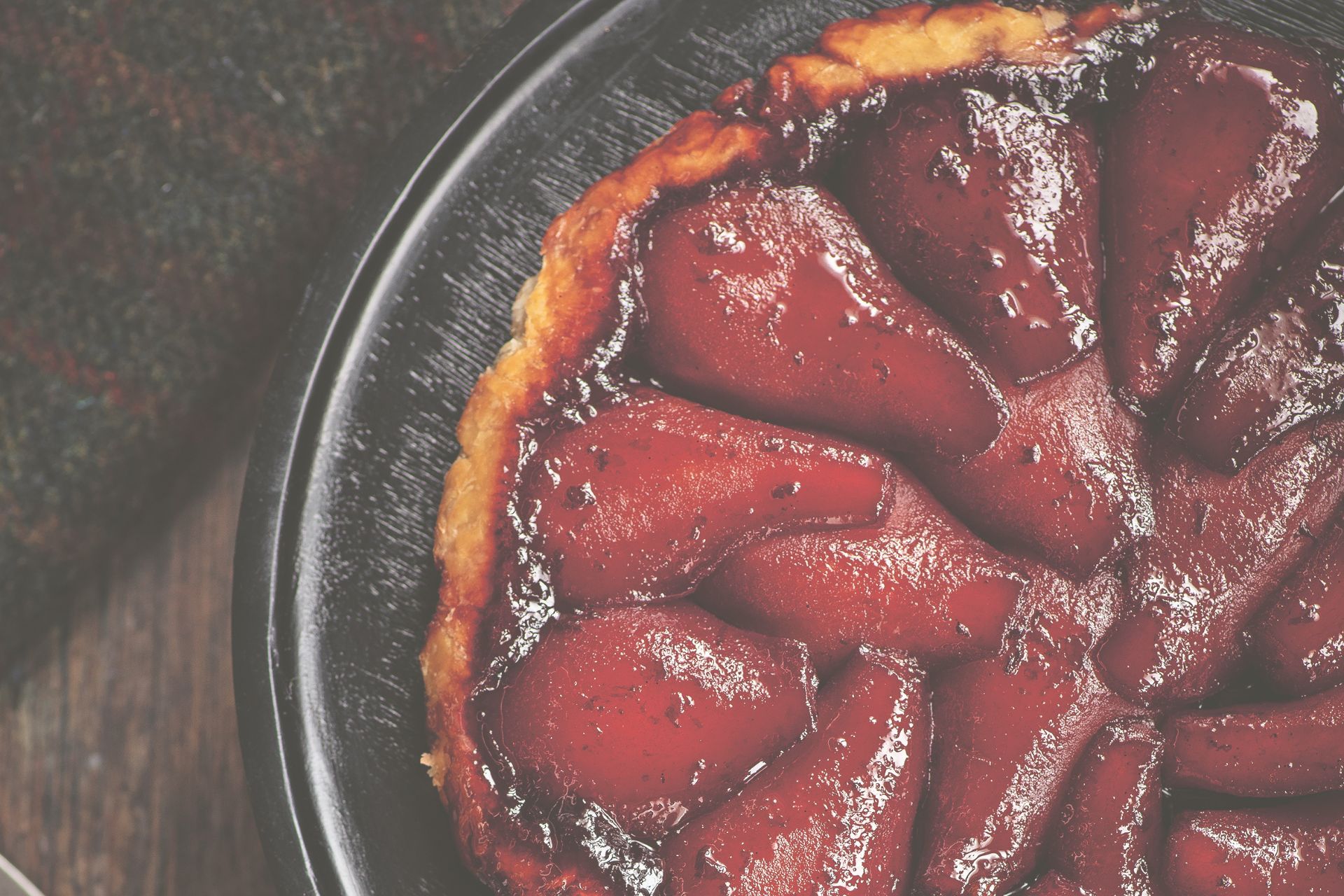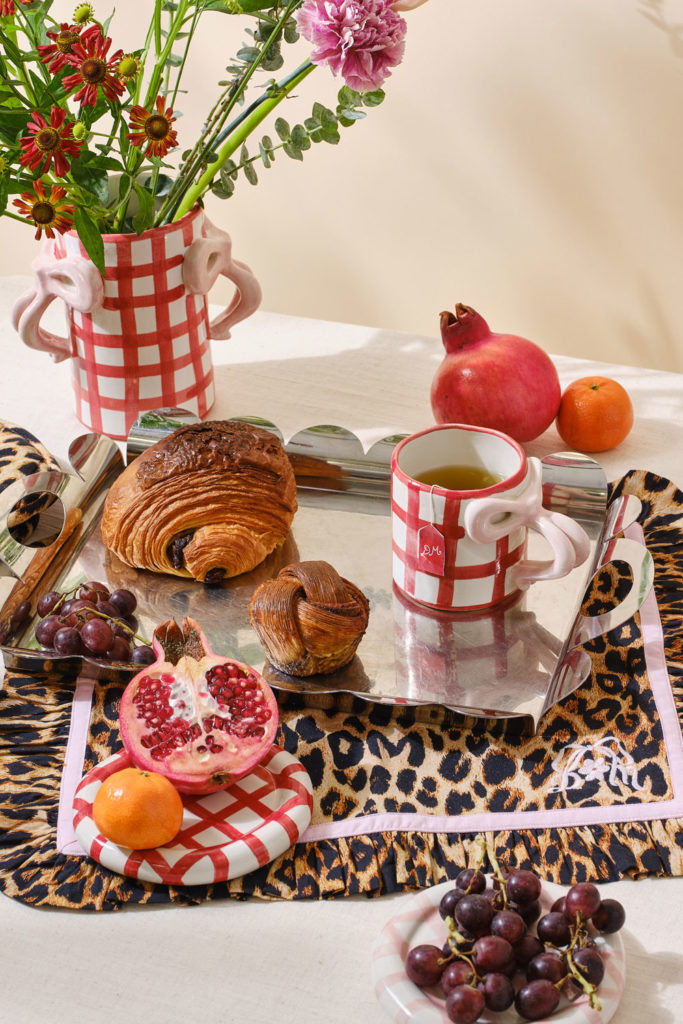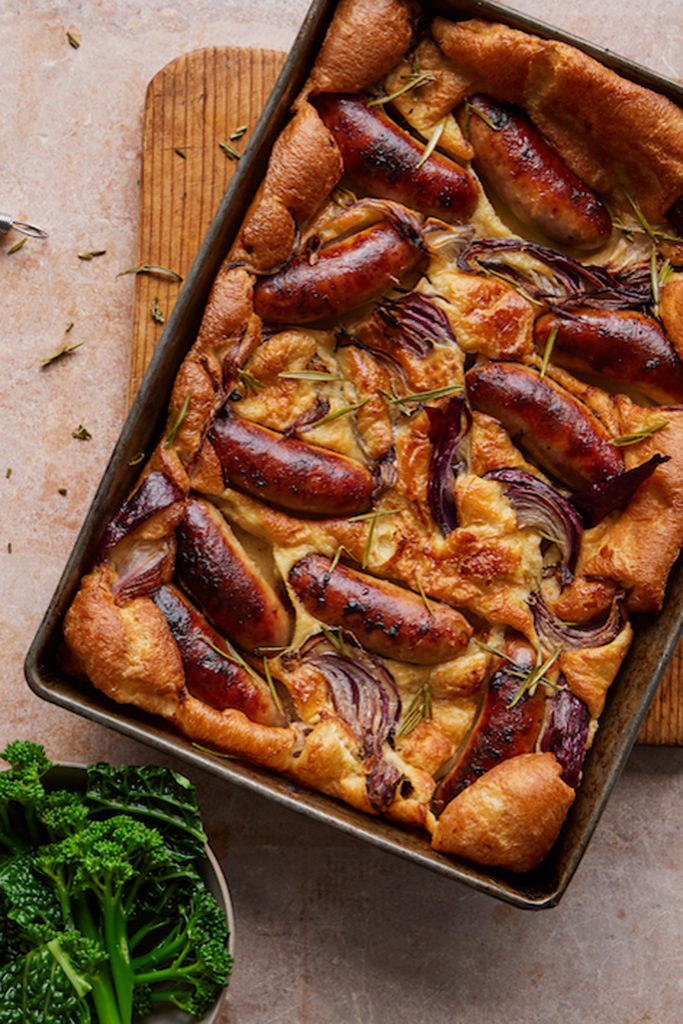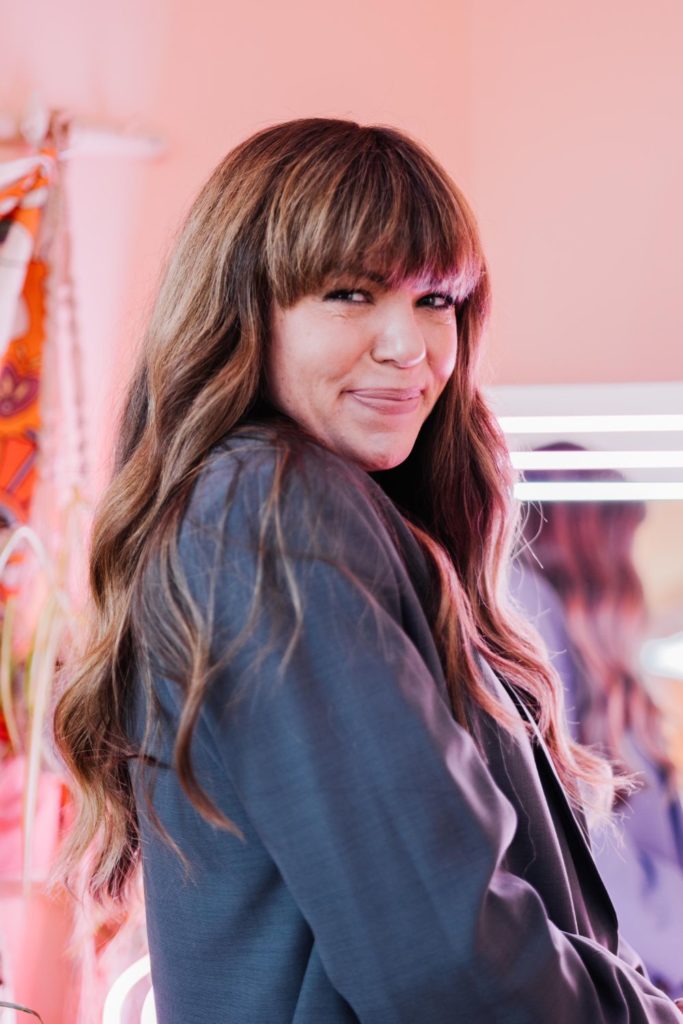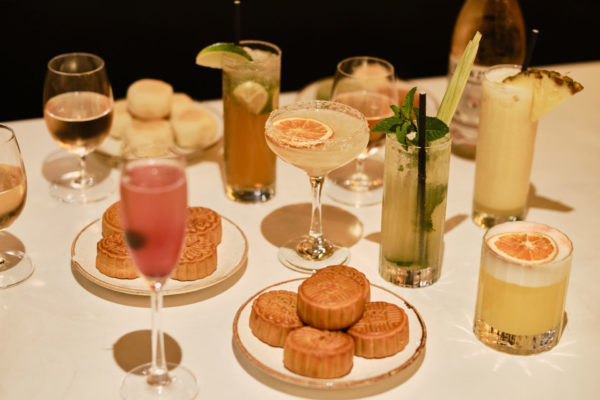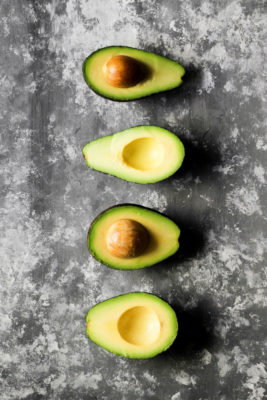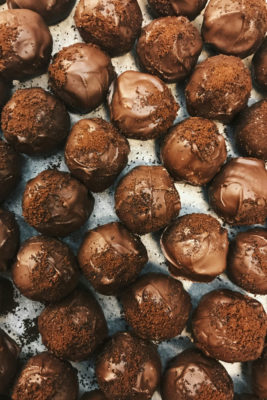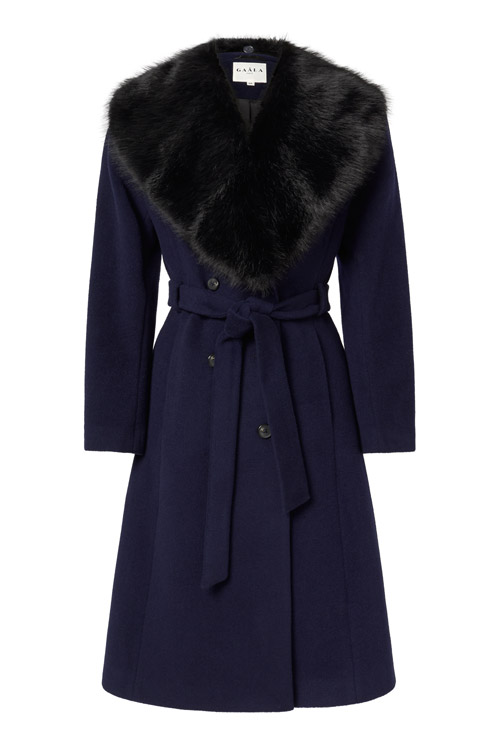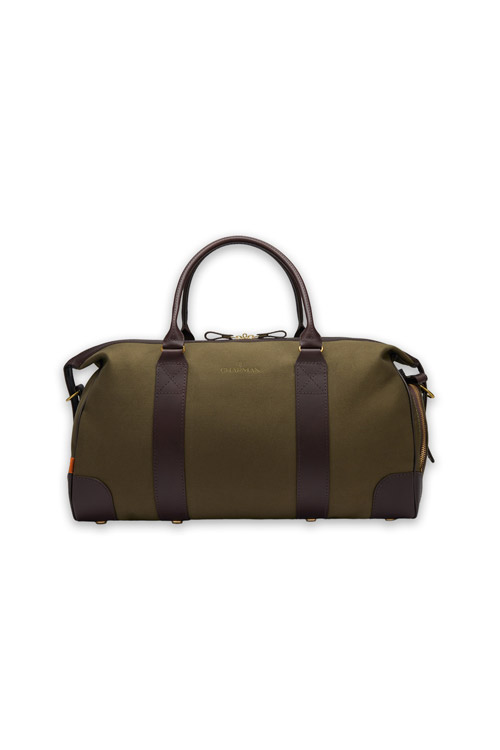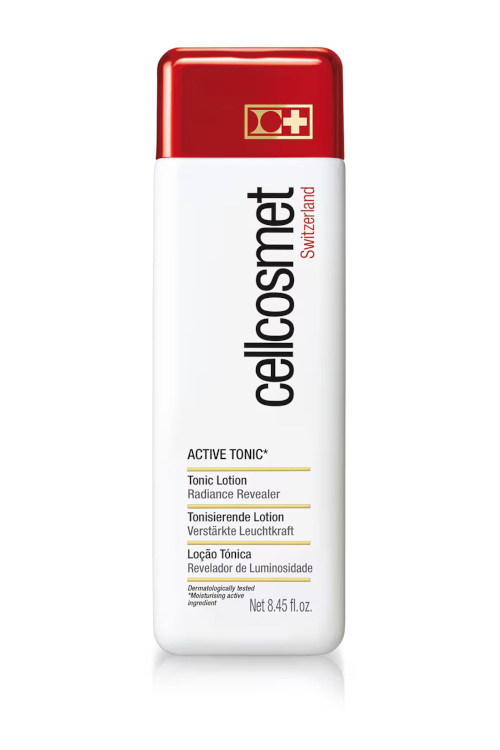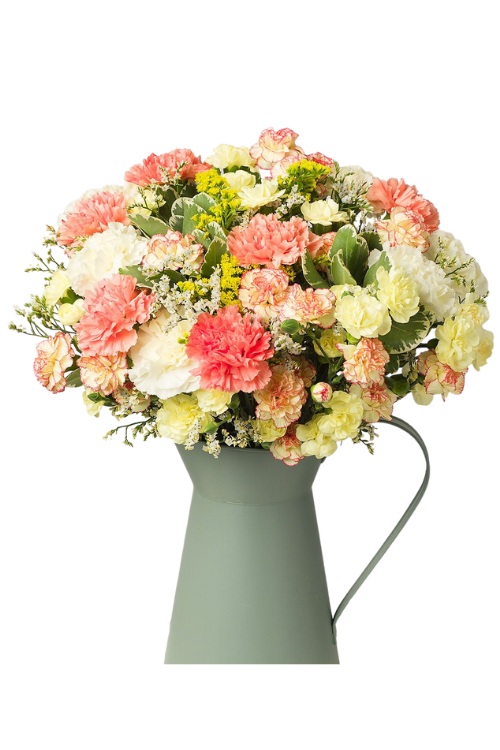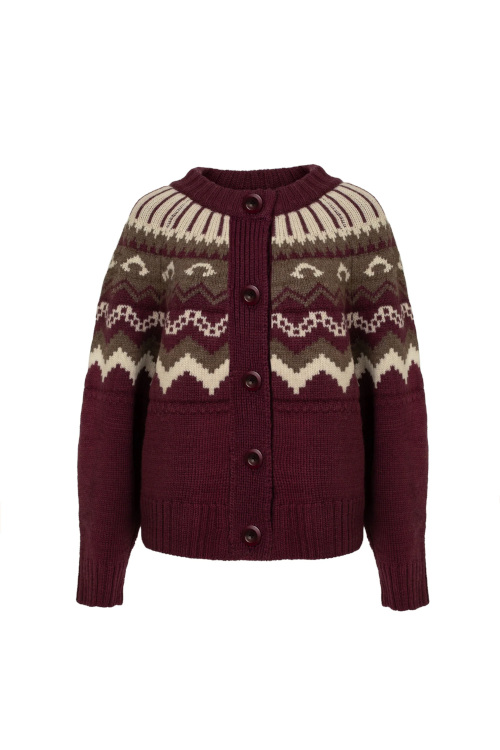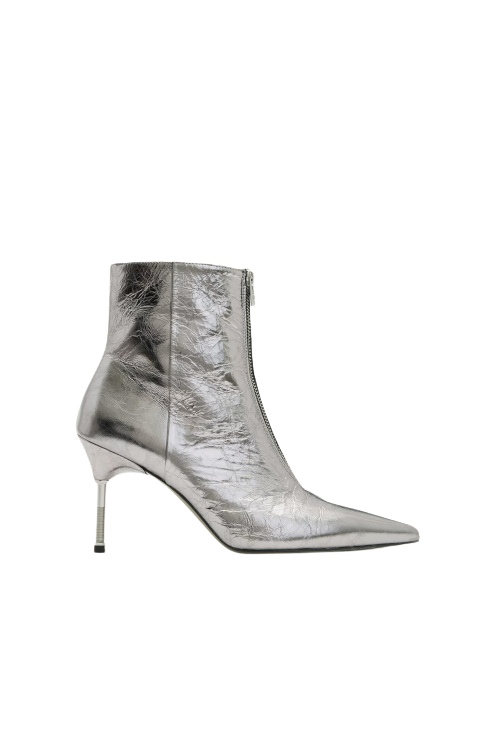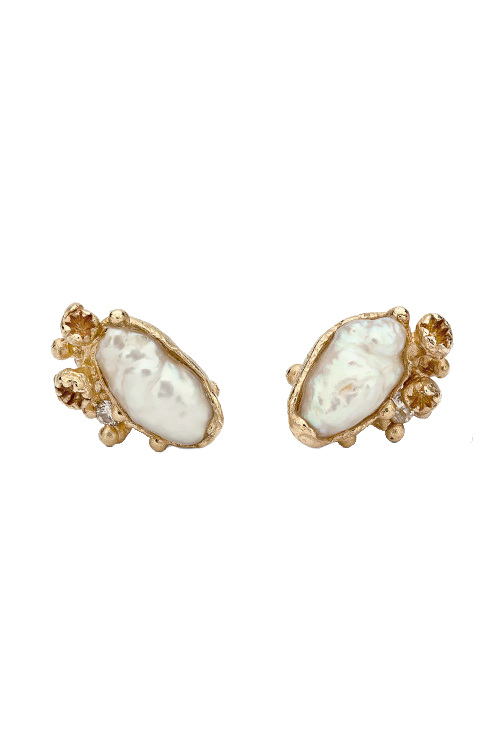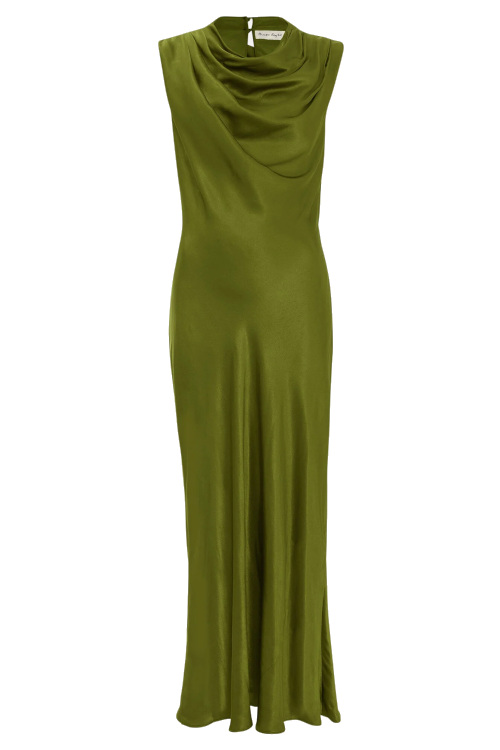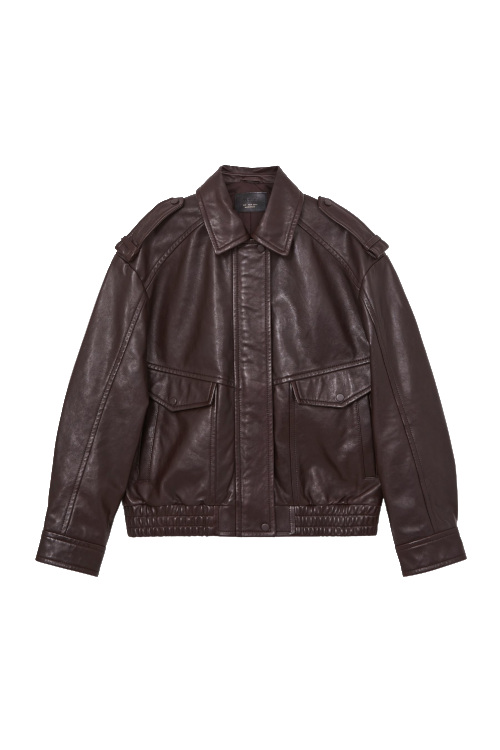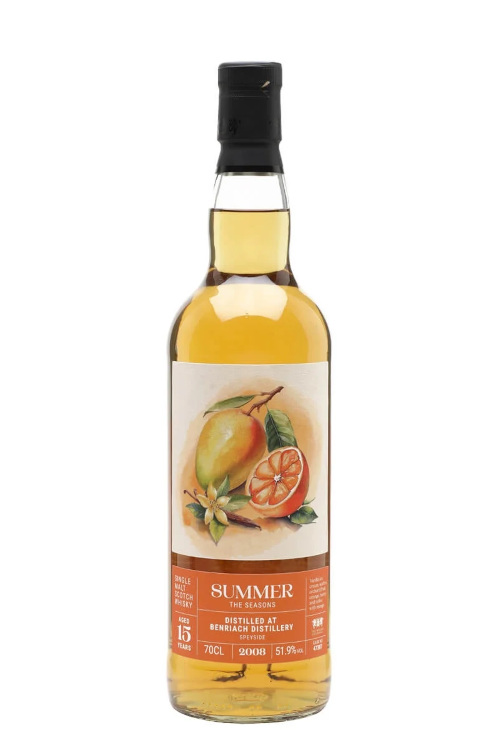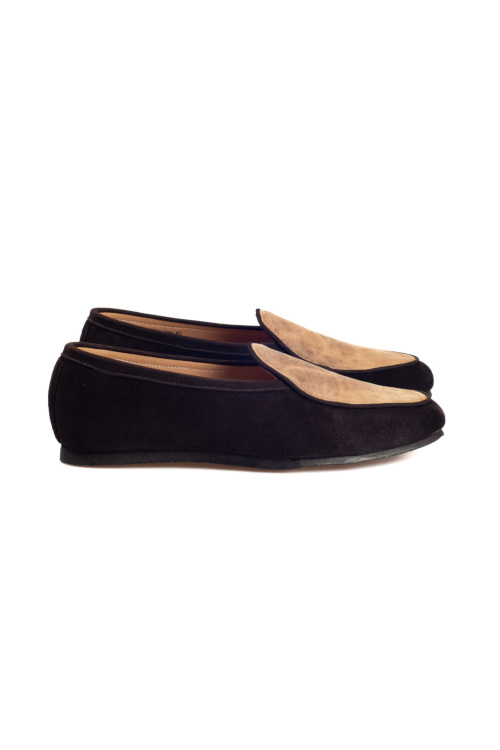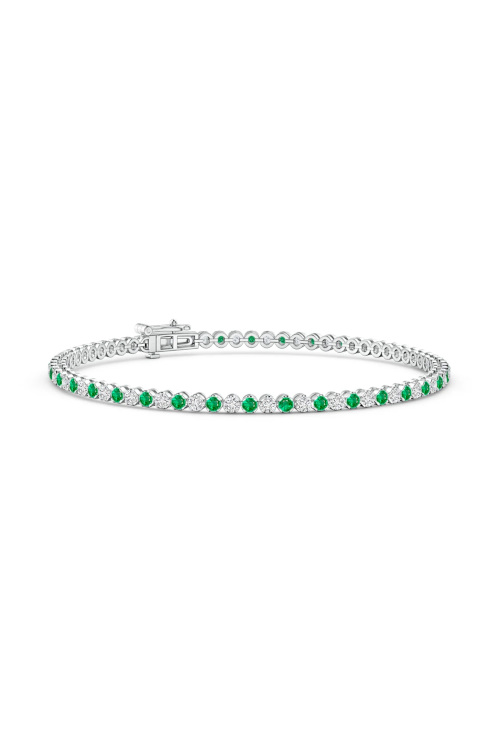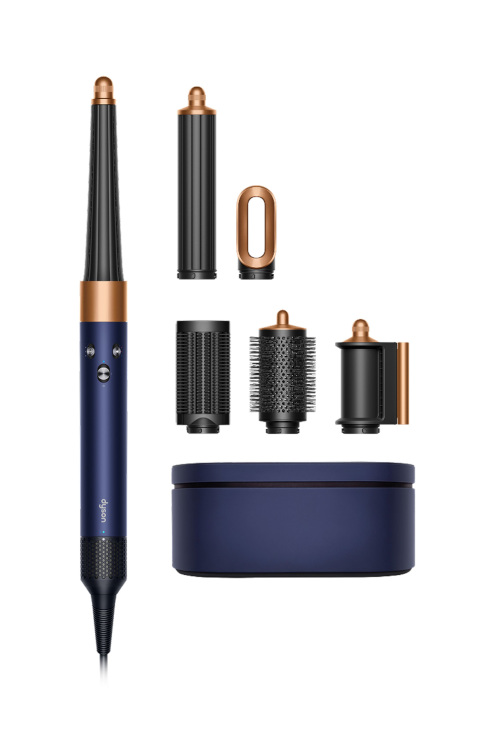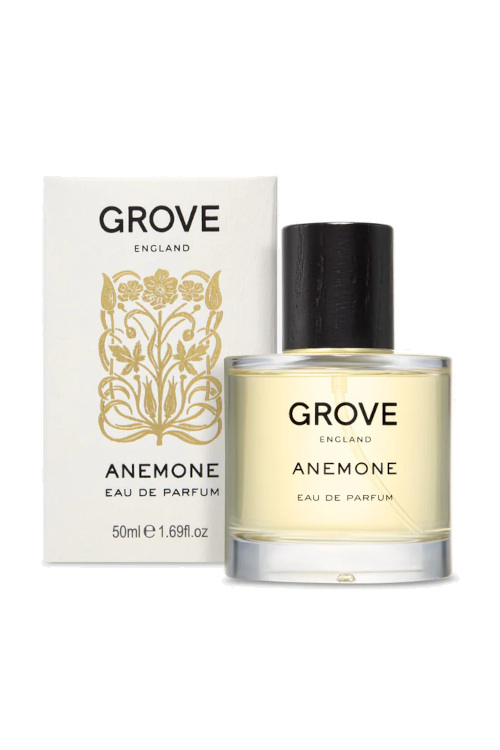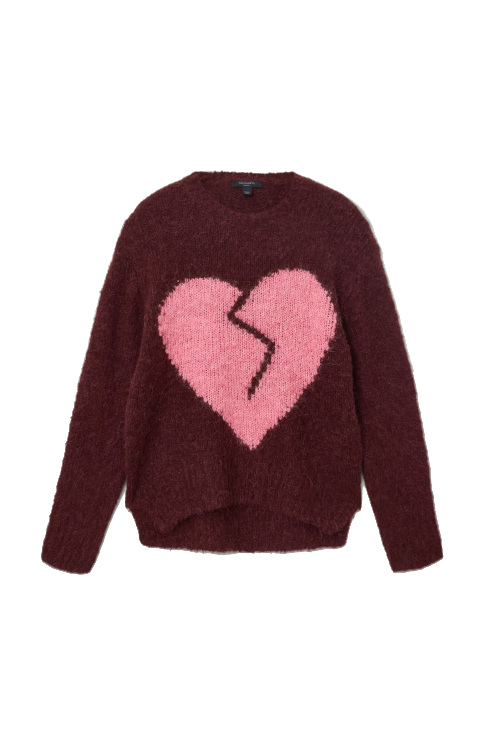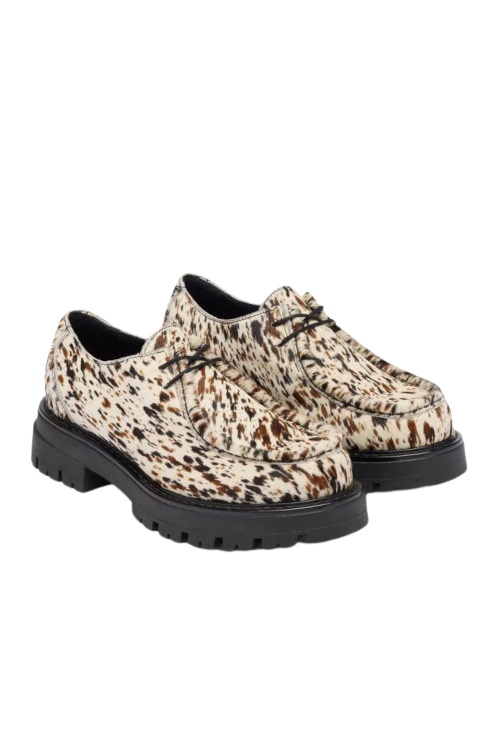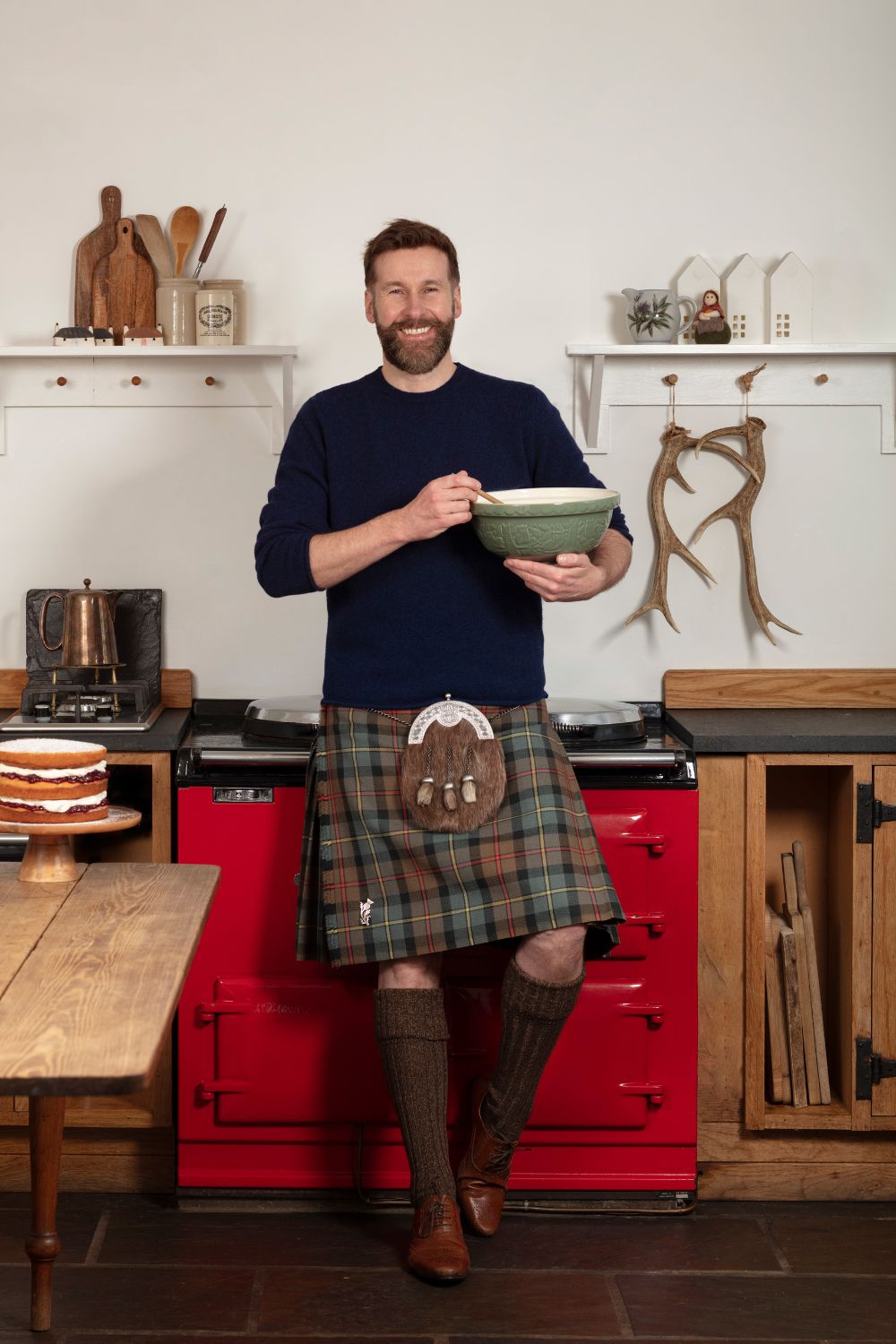
Inside The Hebridean Baker’s New Cookbook
By
1 year ago
Coinneach MacLeod's new book drops on 10 October
Coinneach MacLeod, aka the Hebridean Baker, is on a mission to promote the culture, food and heritage of his homeland, as Margaret Hussey finds out.
Interview: Coinneach MacLeod, The Hebridean Baker
With baker, linguist, Eurovision singer and social media star on his CV, there’s not much that Coinneach MacLeod can’t turn to his hand to.
The 50-year-old is the bestselling cookbook author in Scotland. And with his new book Hebridean Baker: The Scottish Cookbook out this month, he’s set to reach an even wider audience.
Musing on the appeal of his books, Coinneach says: ‘I think it’s the cultural aspect of the islands, the stories that go along with the wonderful Scottish traditional recipes that we have.’
Coinneach, who grew up in Lewis, the largest island of the Outer Hebrides, became a social media sensation after Elle magazine in the United States dubbed him that ‘sexy Scottish baker’. Yet it all started from very humble beginnings.
‘When I started my first video, I never thought it would turn into anything,’ says Coinneach. ‘My aunt Bellag, who’s 95, taught me to bake and she still bakes every day. She would tell me stories, myths and legends of the hills and lochs, so I used those in the videos while I was making the recipes.
‘I thought this was only going to be interesting for people from the Hebrides, but then Rose Minutaglio from Elle was writing her column about another man from the Isle of Lewis – and that man was Donald Trump.’ (Trump’s mother Mary was born and grew up there.)
‘At the time, Trump wanted to ban TikTok and Rose wrote, ‘The only thing I’ll miss about TikTok is that sexy Scottish baker.’ It was my accent she talked mostly about. She said, ‘He sounds like how I imagine a piece of shortbread would talk if it came to life.’ I only had 400 followers at the time, and suddenly my videos were getting a million views.’ Coinneach currently has over 130,000 followers on Instagram and over 260,000 on TikTok.
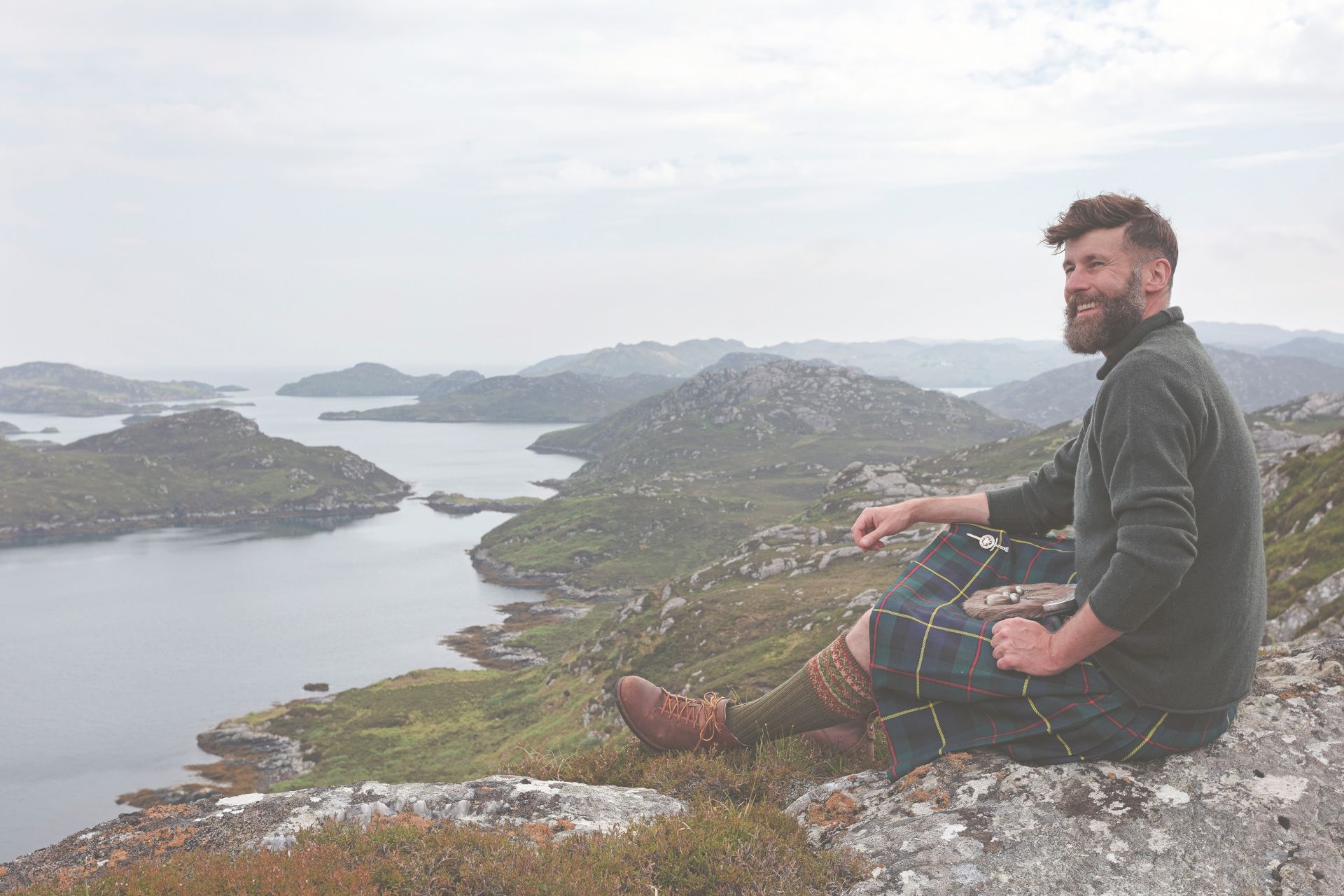
Susie Lowe
Each of his books has a Gaelic word that resonates for him and in this one, his fourth, it’s ‘duchas’. ‘It’s a very powerful word about a bond between community and place, the relationship between land, people and a shared heritage,’ says Coinneach.
‘Hebrideans are very proudly Scottish, but we are a wee bit different culturally; we sound a wee bit different, the Gaelic language makes us stand out as well. I’m not trying to make it sound twee or old-fashioned, but there is still a very strong community feeling.’
It all sounds very hygge – is there a Hebridean equivalent? ‘Yes, there’s a beautiful word: ‘blàths’. It means warmth and contentment, contentment in home and in spirit.’ That sense is fully embodied in his beautiful hug of a book – see our exclusive recipe extract below.
‘My favourite season is when the wild brambles come out in autumn,’ says Coinneach. ‘I use them for everything from crumbles to a bramble whisky. I love foraging too for wild garlic and wild leek.’
Living off the land and being sustainable is hugely important to him and his partner Peter MacQueen, 48, aka the Highland Hutter. The couple are currently in the process of building a croft house together and hope to move in by August 2025.
‘It’s overlooking the island of Kerrera on the west coast’ says Coinneach. ‘We’ve put our first spade in the ground.’
‘To be a crofter isn’t just about having land; we’re going to have cows and sheep. It will mean planting trees and crops, which is very important for us. We have already ordered our polycrubs (for the crops) – they’re made in Shetland and are supposed to be able to resist winds of up to 110 miles per hour, which you definitely need on the west coast of Scotland.’
The couple also have an off-grid hut, which is ten minutes by boat from where their house and also business is going to be.
‘I think there is a real trend of people trying to find that slightly off-grid lifestyle,’ says Coinneach. ‘So if you came for the day, we could take you to see what it’s like to have solar panels and to be more sustainable. We would take them to see the Highland cows, and there will be a space to invite people for supper clubs and events.’
It’s all a far cry from his childhood, when Coinneach admits he wanted to leave the Hebrides. ‘When you’re from an island, you spend the first 18 years of your life desperate to run away and then the rest of your life desperate to return.’
His late parents – Christina, a Harris tweed weaver, and Donald, a fisherman – were hugely influential in his life. And his father’s knack of storytelling has certainly been passed down to him.
There’s a very funny tale from years ago, when his father had been out fishing and came across the Royal Yacht Britannia. Queen Elizabeth II and Princess Margaret were on board and off to Balmoral, and Donald asked if they had anything for their tea. The Queen said no, so he threw a rope to Princess Margaret who pulled up one of his creel pots with his catch of the day.
‘When my father, who loved a dram, came home and told this story, we didn’t believe a word of it,’ says Coinneach. ‘Then came a letter to Donald John MacLeod, Cromore, Isle of Lewis and a stamp from Balmoral. It said: “Thanking you so much for the delicious feast of lobsters and crabs”. The letter’s still up on the wall at home.’
After leaving the islands Coinneach – who with his woolly jumper, wellies and beard looks like he has come out of central casting for a porridge advert – moved to Russia and worked on the Moscow Times, where he first acknowledged his sexuality.
‘You wouldn’t think that moving to Russia would help me come out,’ he says. ‘Being different in any way when you are growing up is challenging, particularly on an island which still has a very strong influence from the church.’
While in Russia in the 90s, the country appeared in Eurovision for the first time, and Coinneach went to cover it. He later represented Scotland at the Eurovision Choir Song Contest in Sweden, and in 2021 he sang virtually alongside Iceland’s Daði Freyr in ‘Think About Things’ during the main competition. ‘It was during lockdown and no-one could travel,’ says Coinneach. ‘He contacted a few people he knew and said they were looking for some voices. So officially I can say I came fourth in Eurovision!’ (Italy’s Måneskin won with ‘Zitti e Buoni’.)
Coinneach says he has seen a change on the islands just by being visible as a gay man. ‘Myself and Peter have our own TV show on BBC Alba (the Gaelic TV station) and people see two folk enjoying their life.’
He gets hundreds of emails, messages and letters every day. ‘Many are about recipes or Americans asking what golden syrup is, but many are from people in the Highland community – maybe older men or ladies who have found it difficult to come out. They’ve been writing to me about the difference it has made seeing me and Peter on TV. I’ll meet a lady in Stornoway and they’s say “How’s your partner?” I don’t know if a few years ago they would have even said something like that. And if I’ve made just that one percent difference, isn’t that amazing?’
‘I was also very fortunate to win an award earlier this year at the Scottish LGBT awards, when myself and Ncuti Gatwa from Doctor Who were given the culture awards together for very different reasons. It was a real moment.’
Before his fame as the Hebridean Baker, Coinneach worked in sport development. ‘Over the years I worked for FIFA and UEFA, predominantly in Africa. I worked in Botswana to help them create their first women’s football league. I went to Mozambique to try and use football for societal cohesion. And I know this seems very different from the Hebridean Baker, but actually I learnt a lot from the sport about branding.’
This month sees him taking his very special brand on a UK book tour, from Stornoway to Brighton. He’s also got a new television series, with the working title Island Adventure, due on our screens next autumn.
‘It’s a food show but it’s also about island culture. In each show I start in the Hebrides and then I take that recipe to an island overseas, using the food as a conduit to learn about their culture, identity, language and history. The first episode is going to be in the Lofoten Islands in Norway. I’m doing it in two languages: a Gaelic version for BBC Scotland and an English language version.’
Speaking the Gaelic language is hugely important to him. ‘Even though there are only 60,000 of us in the world, we have to still work very hard to keep it alive,’ he says. ‘You have to be an ambassador for it, to showcase it.’ They certainly have the right person in Coinneach.
Hebridean Baker: The Scottish Cookbook by Coinneach MacLeod, Black & White Publishing, is out on 10 October. Follow along with Coinneach’s adventures on Instagram, @hebrideanbaker. hebrideanbaker.com
Recipe: The Hebridean Baker’s Mulled Pear Tarte Tatin
Ingredients
- 1 vanilla pod
- 70cl red wine
- 300g sugar
- 2 cinnamon sticks
- 2 fresh bay leaves
- 8 small dessert pears
- 30g butter, plus extra for greasing
- Pinch of salt
- A little flour, for dusting
- 500g block of puff pastry
- Plus: a 22cm ovenproof frying pan
Method
Split the vanilla pod lengthways, scrape out the seeds and place the seeds and the pod into a large saucepan. Add the red wine, sugar, cinnamon sticks and bay leaves. Stir over a medium heat until the sugar dissolves and the mixture comes to a boil.
Meanwhile, peel the pears, halve them lengthways and remove the stalks and cores. Now add them to the boiling syrup, return to a boil then reduce to a simmer. Cover the pears with a piece of scrunched-up baking paper to keep them submerged, and gently simmer for about 20 minutes, turning occasionally for even cooking.
Using a slotted spoon, transfer the pears to a shallow dish to cool. Strain the syrup back into the pan, then boil until reduced to about 300ml and it becomes more syrupy in consistency. Off the heat, whisk in the butter and a pinch of salt. Set aside.
On a lightly floured surface, roll out the puff pastry into a square slightly larger than the top of your ovenproof frying pan, then trim into a disc. Refrigerate the pastry for 15 minutes.
Preheat your oven to 200°C fan (425°F).
Grease the frying pan generously with butter, then pour in 100ml of the reduced syrup. Arrange the pears tightly, cut side up, in the pan. You want them to fit snugly, as they will shrink during baking. Pour over the remaining syrup.
Place the chilled pastry on top of the pears, tucking in the edges. Prick the pastry several times with a sharp knife. Bake for 30 to 35 minutes, until the pastry is puffed, crisp and golden.
Allow the tart to rest for 5 minutes after baking. Carefully run a knife around the edge, then invert onto a serving plate. Serve warm, sliced, with whipped cream.

